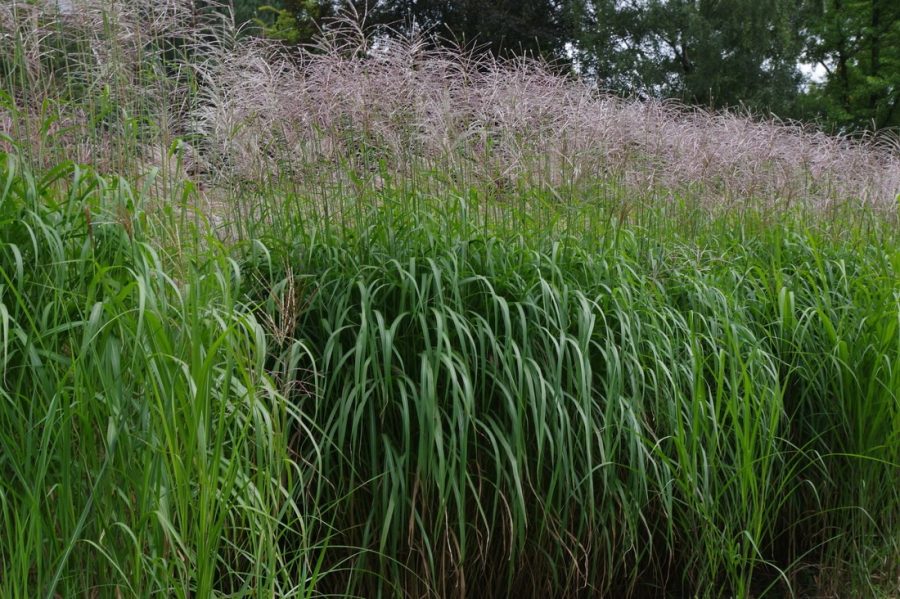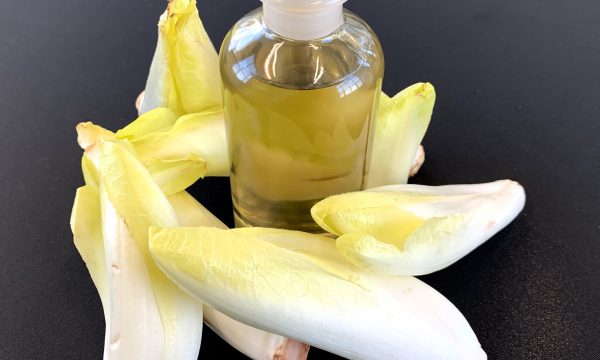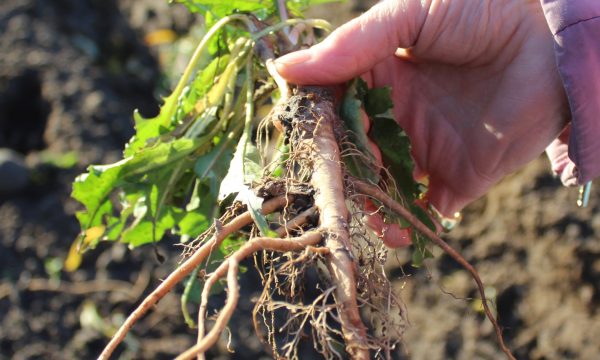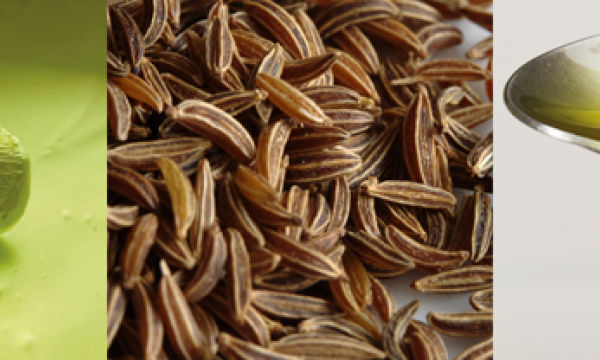Press release Cold-tolerant miscanthus yields larger biomass

Some miscanthus genotypes are resistant to cold. This quality results in a longer growing season, and thus potentially more biomass, according to research conducted at Ghent University and ILVO.
Fuel or building material
Miscanthus is a grass species from East Asia. In our regions, miscanthus is already sporadically planted for the production of woody biomass, which can serve as fuel or construction material.
"Miscanthus has many advantages as a raw material for biomass," says researcher Simon Fonteyne. He immersed himself in the study of this crop for four years as his doctoral research. "It is a robust crop that can grow on marginal soils. It has a high biomass yield compared to other biomass crops, and requires little fertilizer, pesticide or labor. It can be easily harvested with available harvesters. Drying of the biomass after harvest is generally not necessary. "All of this makes it a good source for biomass," concludes the doctoral student.
Sowable varieties
But there are also limitations to growing this crop: it must be propagated vegetatively by rhizome cuttings or in vitro plantlets. This makes the production process very expensive.
Therefore, new, breeders are developing sowable varieties that can drastically reduce costs and allow growers to select varieties that suit local conditions.
Longer growing season
"To generate more yield, we need to select plants that achieve a long growing season. This is because those plants absorb sunlight for a longer period of time and can therefore produce more biomass," Fonteyne said.
This requires plants to start growing early in the spring, and thus be productive at lower temperatures.
Cold tolerant
That's why Fonteyne investigated the possibility of selecting varieties in such a way that only the cold-tolerant varieties remain.
"By developing varieties that can survive lower temperatures, the potential growing area of miscanthus can be extended to colder regions. Eastern and northern Europe offer themselves as suitable regions in this case, because more marginal soils are available there: the ideal soil for miscanthus."
Using growth chamber experiments and field trials on more than 100 miscanthus genotypes, the researcher discovered that there is a wide variation in cold tolerance within the different types of miscanthus. This makes it possible, through selection, to develop varieties that can handle a longer growing season in colder regions, which will significantly increase yields.
This study was part of the European project OPTIMISC, within which ILVO was one of the partners.



